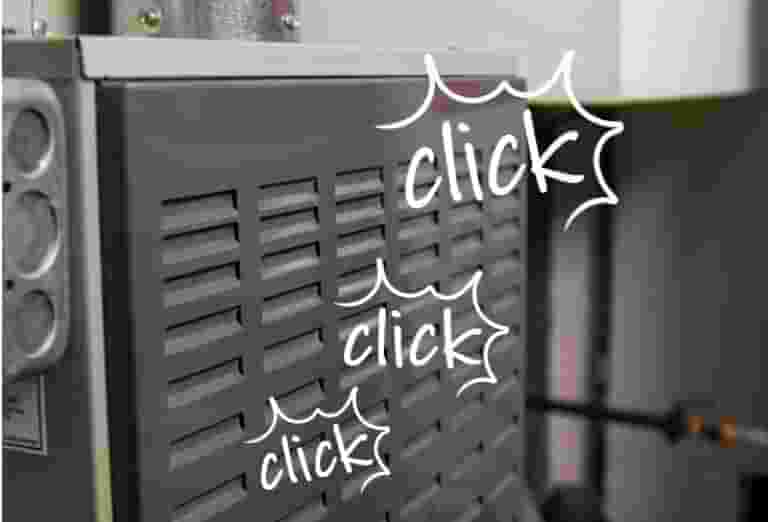Septic drain field pipes play a critical role in many homes’ wastewater treatment systems. Homes with septic tanks depend on these perforated pipe arrays to distribute wastewater back into the soil safely and efficiently. If you’re looking for a qualified service professional you can trust to perform effective drain field services, Mr. Rooter® Plumbing is ready to tackle this job for you.
Get started by requesting a job estimate online today.
How Does a Drain Field Work?
After the wastewater from your home goes down the drain, it collects in the septic tank. Different chambers inside the tank separate fat, solids, and liquids. The fat floats to the top. The solids sink and are broken down by naturally occurring bacteria. The liquid slowly flows into the drain field, which is an array of perforated pipes. Tiny holes in these pipes allow the liquid to seep back into the soil, where it’s filtered and can safely return to the groundwater.
Septic drain fields are known by many names, including:
- Drain fields.
- Leach fields.
- Weeping tiles.
- Absorption beds.
- Disposal fields.
- Seepage fields.
Whatever you prefer to call it, you need it to work the right way.
Mr. Rooter Plumbing is the expert in your neighborhood for drain field repairs and replacements. We also offer new septic drain field installation for new construction.
Septic Drain Field Repair & Replacement Scenarios
Drain field pipe repair is a great option when damage is non-catastrophic. For example:
- Clogged drain field repair is a common service that involves exposing the affected pipe and clearing out dirt and debris. Prevent clogging by only flushing toilet paper and human waste. Also, be sure to have your septic tank pumped every few years.
- Collapsed drain field pipes can be replaced relatively easily. Prevent collapse pipes by keeping heavy objects like vehicles and above-ground pools off the drain field.
- Drain field pipes choked with tree roots can be cleaned out with specialized equipment. To prevent this problem, don’t plant trees near the drain field.
If your system has multiple collapsed drain field lines or near-constant clogs in them, it’s time to consider a full drain field replacement. Upgrading to a modern drain field will make your entire septic system operate more efficiently and prevent clogs for many years.
Drain Field Service Near Me
The best way to make sure your leach field works correctly is to have a qualified service professional perform an inspection and advise about whether a repair or replacement is your best option. With more than 50 years in the business, Mr. Rooter Plumbing is your local expert in drain field services. We provide expert advice and the best workmanship in your area. Get started by requesting a job estimate online or calling today.
Frequently Asked Questions
What are the different types of septic field lines?
The different types of septic field lines include:
- Gravity systems – the most common type of residential drain field most people are familiar with.
- Pressure distribution systems – similar to gravity systems but use a pump to move effluent through pipes and chambers.
- Mound systems – involves building an artificial drain field above ground for homes with high water tables.
- Cesspools – most common in homes built before 1970, cesspools allow effluent to seep out of one chamber rather than a system of perforated pipes.
- Drywells – similar to cesspools, drywells add a layer of gravel or crushed rock around the chamber for better effluent absorption.
How deep are septic field lines?
Leach field lines must be buried at least six inches below the soil surface. How deep your drain lines will be depends on your property’s topography and where the septic tank will be located in relation to the home’s main drain line.
 Click to call
Click to call


